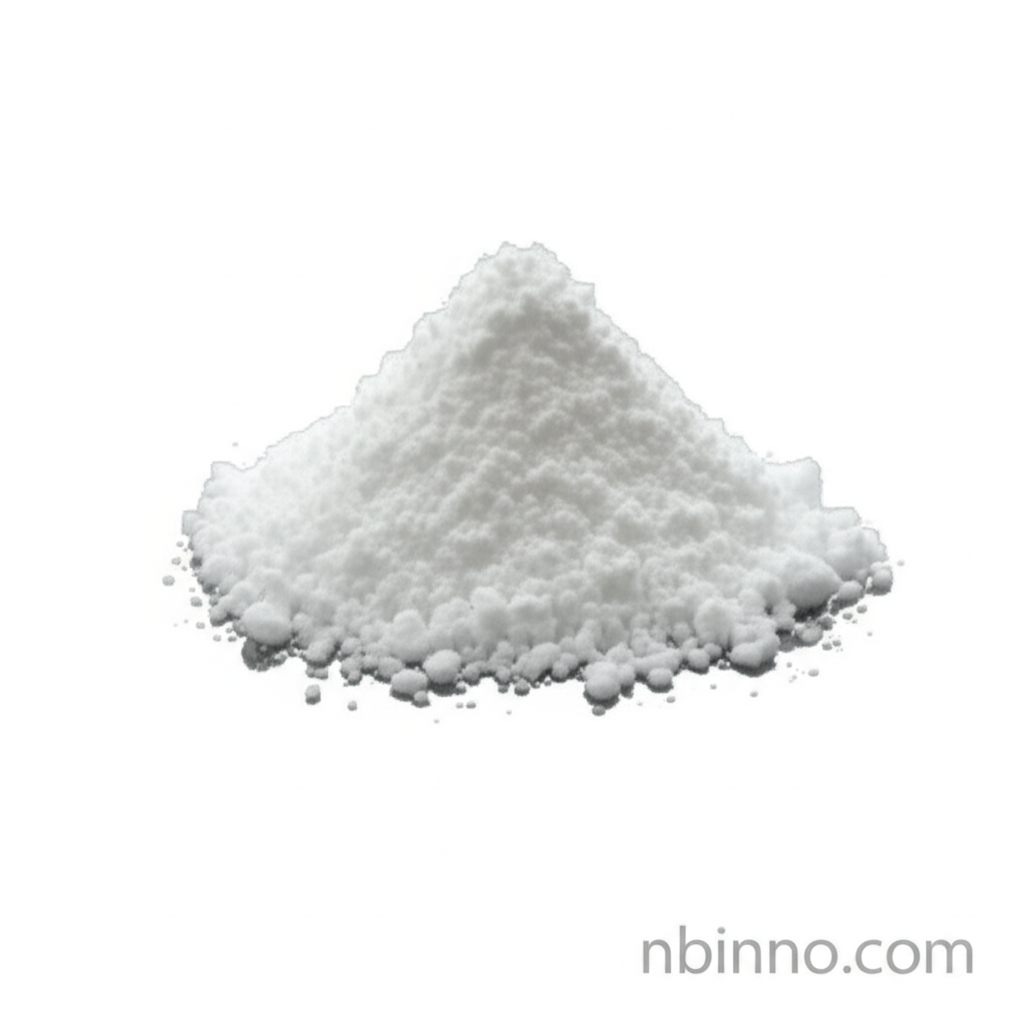Nε-Boc-L-lysine tert-butyl ester hydrochloride: A Key Pharmaceutical Intermediate
Essential building block for peptide synthesis and advanced drug development applications.
Get a Quote & SampleProduct Core Value

N-Boc-L-lysine tert-butyl ester hydrochloride
Nε-Boc-L-lysine tert-butyl ester hydrochloride serves as a critical pharmaceutical intermediate, vital for the precise assembly of peptides and the development of innovative therapeutics. Its unique structure, featuring a Boc-protecting group and a tert-butyl ester, allows for controlled reactivity and selective modifications, making it indispensable in complex organic synthesis.
- Leveraging protected amino acids for peptide synthesis, this compound ensures the integrity of lysine residues during complex peptide chain elongation, a key aspect for accurate drug discovery.
- Crucial for drug development intermediates, its controlled reactivity is exploited in the creation of prodrugs and novel therapeutic agents, enhancing bioavailability and efficacy.
- Facilitating bioconjugation reactions, it enables researchers to link therapeutic molecules to targeting agents, a cornerstone in advanced drug delivery systems.
- Supporting protein engineering efforts, it aids in modifying protein structures to enhance stability and functionality, opening new avenues for therapeutic interventions.
Key Advantages Provided
Enhanced Synthesis Efficiency
Utilizing this compound as one of the essential protected amino acids for peptide synthesis significantly streamlines the complex process of building peptide chains, ensuring higher yields and purity.
Therapeutic Innovation
Its role as a pharmaceutical intermediate for peptide synthesis is paramount in developing novel peptide-based drugs, contributing to breakthroughs in treating various diseases.
Biomolecule Modification
The strategic use in bioconjugation reagents allows for precise modification of biomolecules, critical for creating advanced drug delivery systems and diagnostic tools.
Key Applications
Peptide Synthesis
As a protected amino acid derivative, it is fundamental for the step-by-step construction of peptides, enabling the introduction of lysine residues with precision, crucial for developing peptide-based pharmaceuticals.
Drug Development
It serves as a vital intermediate in the design and synthesis of new drugs, particularly in creating prodrugs that improve solubility and therapeutic outcomes, reflecting its importance in the pharmaceutical research landscape.
Bioconjugation
The compound's structure is ideal for linking various molecules, supporting the development of targeted drug delivery systems and diagnostic agents that enhance treatment precision.
Protein Engineering
Researchers employ it to modify and enhance the properties of proteins, a critical step in developing advanced protein-based therapeutics and functional biomaterials.
